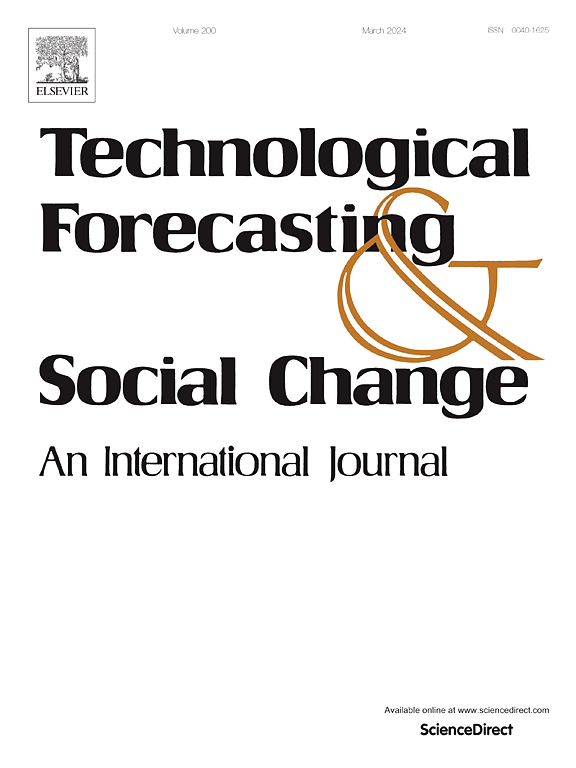人工智能在科学研究中采用和使用的驱动因素和障碍
IF 13.3
1区 管理学
Q1 BUSINESS
Technological Forecasting and Social Change
Pub Date : 2025-08-22
DOI:10.1016/j.techfore.2025.124303
引用次数: 0
摘要
我们研究人工智能(AI)在科学研究中的早期采用和使用。利用OpenAlex的大型出版物数据集(所有领域,截至2024年),并以科技人力资本理论为基础,我们确定了影响人工智能采用的关键因素。我们发现,早期采用者是嵌入在人工智能丰富的协作网络中的领域科学家,并隶属于具有强大人工智能证书的机构。使用高性能计算(HPC)只在生物学和医学等少数科学学科中很重要。最近,随着大型语言模型(llm)等工具的普及,人工智能变得更容易获得,制度优势似乎不那么重要了。然而,社会资本——尤其是与人工智能经验丰富的合作者和早期职业研究人员的联系——仍然是采用人工智能的持久驱动力。我们讨论了人工智能时代对科学政策和研究组织的影响。本文章由计算机程序翻译,如有差异,请以英文原文为准。
Drivers and barriers of AI adoption and use in scientific research
We study the early adoption and use of artificial intelligence (AI) in scientific research. Using a large dataset of publications from OpenAlex (all fields, up to 2024) and building on theories of scientific and technical human capital, we identify key factors that influence AI adoption. We find that early adopters were domain scientists embedded in AI-rich collaboration networks and affiliated with institutions with strong AI credentials. Access to high-performance computing (HPC) mattered only in a few scientific disciplines, such as biology and medical sciences. More recently, as tools like Large Language Models (LLMs) have diffused, AI has become more accessible, and institutional advantages appear to matter less. However, social capital—especially ties to AI-experienced collaborators and early-career researchers—remains a persistent driver of adoption. We discuss the implications for science policy and the organization of research in the age of AI.
求助全文
通过发布文献求助,成功后即可免费获取论文全文。
去求助
来源期刊
CiteScore
21.30
自引率
10.80%
发文量
813
期刊介绍:
Technological Forecasting and Social Change is a prominent platform for individuals engaged in the methodology and application of technological forecasting and future studies as planning tools, exploring the interconnectedness of social, environmental, and technological factors.
In addition to serving as a key forum for these discussions, we offer numerous benefits for authors, including complimentary PDFs, a generous copyright policy, exclusive discounts on Elsevier publications, and more.

 求助内容:
求助内容: 应助结果提醒方式:
应助结果提醒方式:


